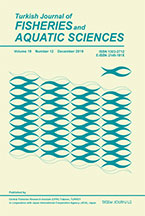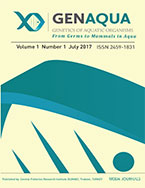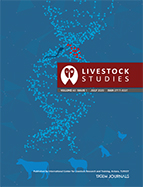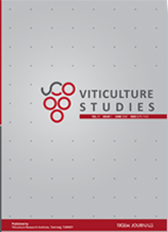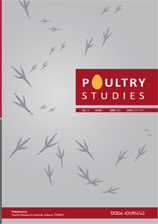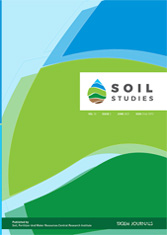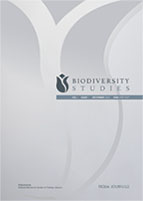Aquaculture Studies
2025, Vol 25, Num, 5 (Pages: 278-285)
Comparative Analysis of Growth and Reproductive Performance in Domesticated Mud Crab (Scylla paramamosain) Across Generations in Grow-out Ponds Versus Wild Broodstock
2 Department of Agricultural and Fishery Science, Faculty of Science and Technology, Prince of Songkla University, Pattani, Thailand DOI : 10.4194/AQUAST2407 Viewed : 844 - Downloaded : 1177 Domestication of mud crab (Scylla paramamosain) is an important endeavor to support research and reduce the reliance on wild crab fisheries. Present study was conducted to evaluate growth and reproductive performance of domesticated mud crabs in the 1st (G1), 2nd (G2), and 3rd (G3) generations compared to those of wild crab (W) reared in grow-out ponds for 6 months. Results showed that there were significant differences in growth patterns between W and domesticated crabs, especially in G2-G3. The final carapace width and body weight of W were not significantly different from those of G1 but were significantly greater than those of G2 and G3. Furthermore, weight gain and specific growth rate of crabs significantly decreased in G2-G3 generations. W and G1 female brooders differed in reproductive performance only in hatching rate and total number of zoea I (Z1) produced, with W being higher than G1. G2 female brooders had lower to those from W regarding fecundity, hatching rate, total number of Z1 produced, and survival of Z1 at 1-day post-hatch. In addition, G2 had significantly lower values than G1 for total number of Z1 produced and the survivability of Z1 (P<0.05). The G3 female brooders were unsuccessful in breeding and larval hatching. These findings recommend selective breeding to improve reproductive success in G2 and G3 for sustainable mud crab aquaculture. Keywords : Mud crab domestication Reproductive performance Selective breeding




